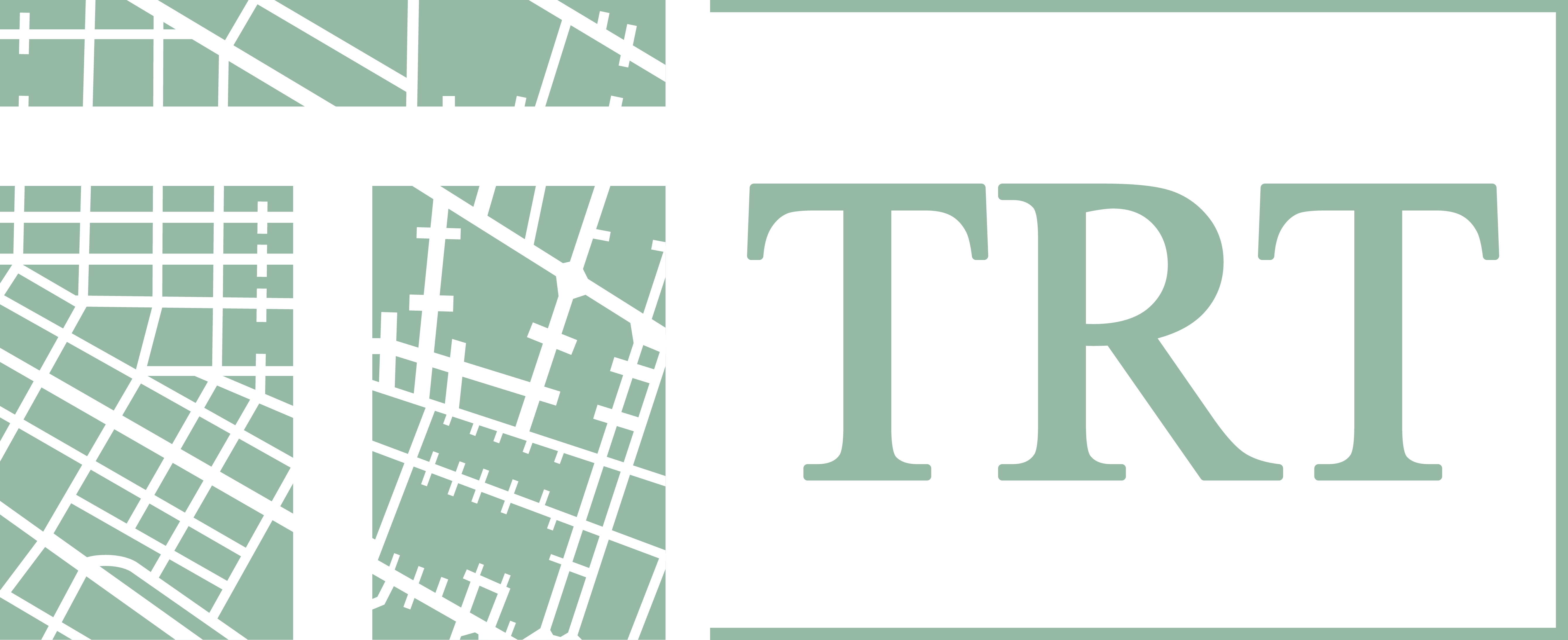TRUST model linkage with the ASTRA strategic model
The ASTRA model has been applied in several projects in combination with the TRUST network model. With this linkage, on one hand the economic and social dimensions can be added to the impact assessment of transport policy measures simulated in details on a network basis and, on the other hand, the transport impacts of infrastructure projects implemented in details on the network can be taken into account for strategic analysis.
TRUST (TRansport eUropean Simulation Tool) is a European scale transport network model developed by TRT and simulating road, rail and maritime transport; the model covers the whole Europe and its neighbouring countries and it allows for the assignment of origin-destination matrices at the NUTS3 level for passenger and freight demand. The interaction between ASTRA and TRUST is implemented in a twofold way:
![]() TRUST can provide ASTRA with quantitative inputs in terms of variations of transport time and cost by mode (i.e. related to relevant changes on the infrastructure / supply side)
TRUST can provide ASTRA with quantitative inputs in terms of variations of transport time and cost by mode (i.e. related to relevant changes on the infrastructure / supply side)
![]() ASTRA can provide TRUST with information on the evolution of road vehicle fleet composition, affecting average fuel consumption and pollutant emissions factors per vehicle, as well as trends of transport demand over time.
ASTRA can provide TRUST with information on the evolution of road vehicle fleet composition, affecting average fuel consumption and pollutant emissions factors per vehicle, as well as trends of transport demand over time.

With reference to the first linkage, TRUST can provide estimations of times and costs changes induced by relevant changes on the infrastructure / supply side, e.g. TEN infrastructures for rail and road modes. The projects are implemented in TRUST in terms of physical changes of the network, e.g. new links, increased capacity (or increased number of lanes) of road links, increased maximum allowed speed on rail links, increased capacity of nodes (e.g. ports). These physical changes generate time savings for passengers and goods moving on the European territory. On a given O-D pair, the size of time changes varies by O/D pair: it is higher for O-D pairs entirely connected by new/significantly upgraded projects while it is lower for O-D pairs outside the corridor (also outside the corridor some benefits might exist if some crossing traffic is re-routed on new/upgraded infrastructures). A run of the TRUST model provides O-D travel times for each O-D pair. By comparing the runs with and without new projects one can measure the reduction of travel times resulting as impact of that infrastructure. At the same time, this process provides the impact on travel costs. Travel costs may change because of mainly two elements. One is different length of routes (e.g. where a new direct rail infrastructure is built). The other is pricing (e.g. if a new motorway becomes available as a faster alternative to conventional roads but at the price of tolls). When TRUST is run, both elements are taken into account.
The process is applied for both passenger and freight for rail and road modes, simulated at NUTS3 level in the TRUST model. The matrices of time and cost variations available from TRUST are then aggregated according to the geographical dimensions of the ASTRA model: short distance, national, international. The following geographical scope is implemented for transport demand, according to the level of details of the ASTRA model structure: NUTS I level for national and short distance, country level (by OD pair) for international demand. The TRUST model is run for each five years’ thresholds in order to calculate the inputs for ASTRA for the simulation period 2015 – 2050. Then, using the quantitative input estimated in TRUST, ASTRA simulates the infrastructure scenarios and their impacts on transport and economic sectors.
With reference to the second linkage, ASTRA estimates mode split and transport demand trends, as well as road vehicle fleet composition (car and trucks). Therefore, the road matrices (for passenger and freight) used in TRUST can be modified over time in order to take into account also mode split effects: the trend of road transport demand is provided by ASTRA according to its geographical dimensions and level of details, i.e. NUTS II level for local demand, NUTS I level for national and short distance, country level (by OD pair) for international demand. Furthermore, the evolution of road vehicle fleet composition estimated by ASTRA over time can be used to modify average fuel consumption and pollutant emissions factors per vehicle by Country used as parameters in the TRUST model.
